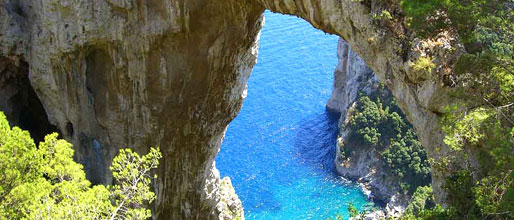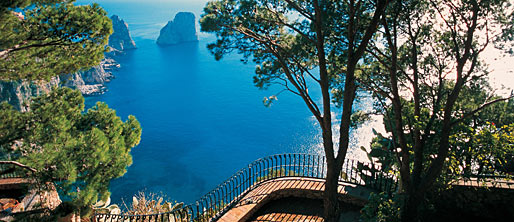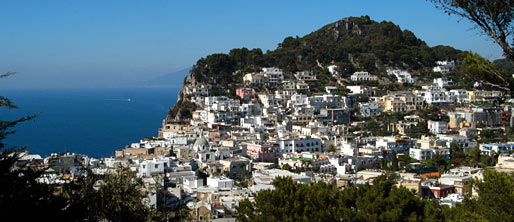Ischia - Some must-sees
Naples is located at 185 km southwest of Rome and is the third most populated city in Italy after Rome and Milan.
Founded in the 5th century B.C. by the Greeks of Cumae, Naples is situated between Vesuvius and the Phlegrean Fields and is stretched around the Bay of Naples, beyond a series of islands, like Ischia, Capri, and Procida. Naples's heart is the history city, which UNESCO declared a Cultural Heritage site. Its narrow alleyways lead to mysterious churches, catacombs and underground caves. Until today Naples's old folk culture reveals itself to the visitor among crafts people, fluttering laundry and shouting fish sellers.
The historic city is characterized by many churches among Baroque style palazzi of aristocratic families and antique residences.
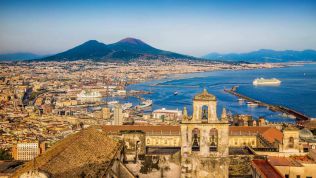
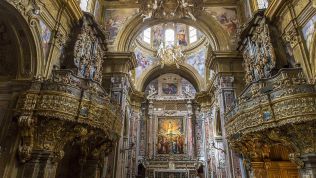
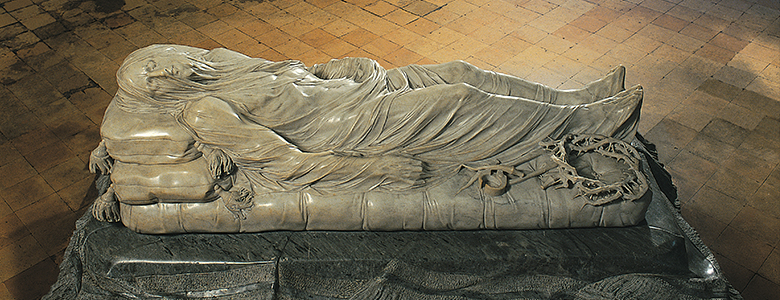
In the year 79 A.D., Mount Vesuvius erupted so suddenly that most residents didn't have time to escape. The fiery mountain buried all living beings under huge amounts of mud and ash and covered Pompeii with a one-meter-high ash layer. The surprising eruption buried Pompeii's small neighbouring town Herculaneum under a huge stream of mud mixed with lava. Most residents died a dramatic death under the mud.
The
excavations of Pompeii show a completely preserved wealthy city, which impresses by its size, numerous wonderful houses, temples, public buildings, wall paintings, and thermal springs. Some of the most important findings are at the National Archaeological Museum in Naples.
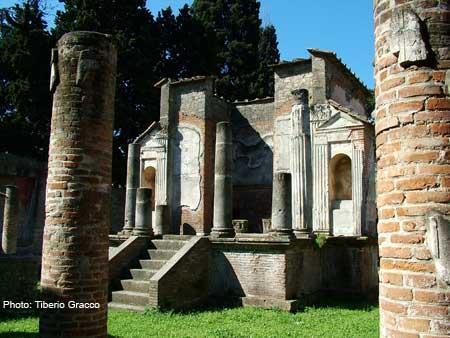
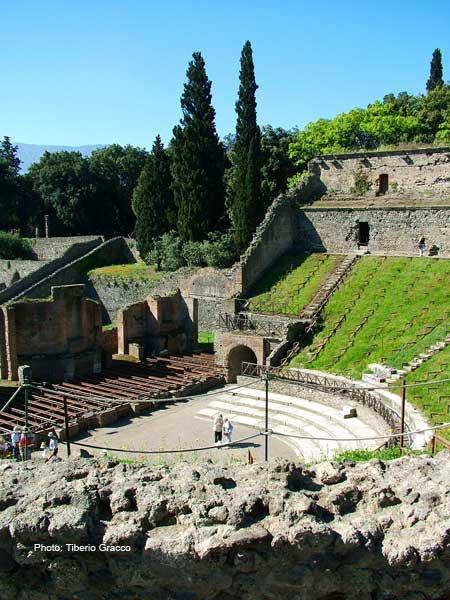

The Island of
Capri
is one of the most picturesque and visited locations in Campania. Its unique beauties were celebrated in ancient times and later published for the world in Homer's works: Odysseus (known in Latin as Ulysses) sailing past the island, narrowly escaped the fate of those who hear the voices of the Sirens.
Thus the island has a mythical charm, as well as its natural treasures, through the writings and legends of Ancient Greece. Its breathtaking landscapes and beauty stretch from the rocky caves around the island to the edge of the horizon, and has been an inspiration to poets, lovers and travelers throughout the centuries.
Geologically speaking, the island is Karst, underlaid with limestone which has been eroded by dissolution over the years forming fantastical ridges towers and sinkholes in the rock. This process over time separated Capri from the mainland.
The island of Capri is composed of two municipalities: Capri and Anacapri, each with their own administration and touch of regional rivalry. The latter is built on a high plateau, affording staggering views of sheer cliffs from dizzying vantage points.
